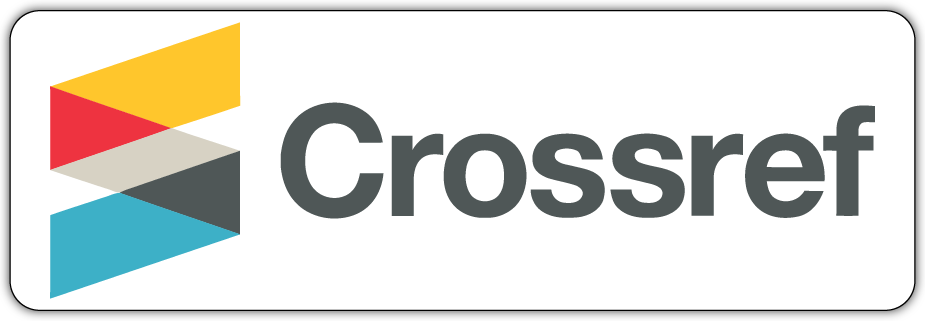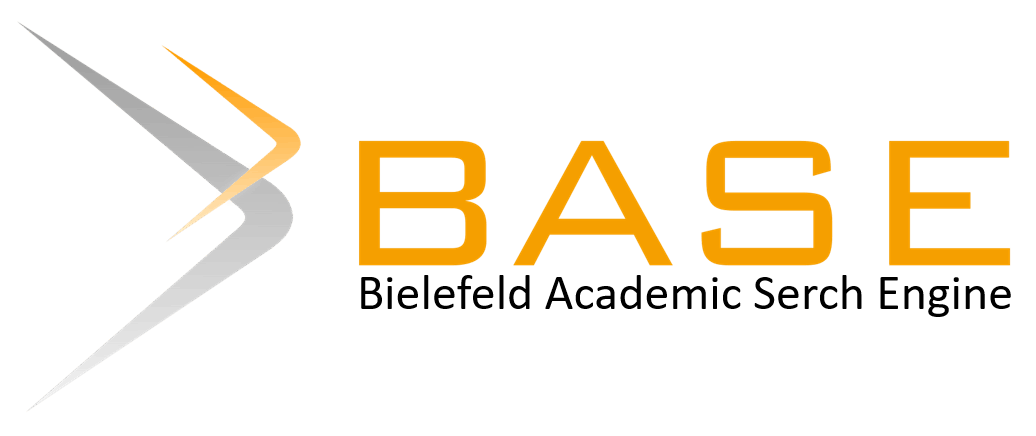Implementasi Sistem Absensi Online di Kantor Kesatuan Pengelolaan Hutan (KPH) Unit 1 Kapontori: Studi Kasus Simponi ASN di Kabupaten Buton 2022-2023
Abstract
Kata kunci : Sistem Absensi Online, Simponi ASN, UPTD KPH
Full Text:
PDFReferences
Baso, A. R. A. R. (2023). Pengaruh Motivasi Kerja dan Disiplin Kerja Terhadap Kualitas Pelayanan Kecamatan Segeri Kabupaten Pangkep. TheJournalish: Social and Government, 4(1), 78–83.
Bollmeier, S., Wenger, P., & Forinash, A. (2010). Impact of online lecture-capture on student outcomes in a therapeutics course. American Journal of Pharmaceutical Education, 74(7), 127. https://doi.org/10.5688/aj7407127
Chang, I. (2022). Resilience in the pandemic: remote learning on the fly. E-Learning and Digital Media, 19(4), 440-455. https://doi.org/10.1177/20427530221092859
Dhanurdhara, I. G. N. D., Wimba, I. G. A., & Wilyadewi, I. I. D. A. Y. (2022). Pengaruh efektivitas penerapan absensi fingerprint terhadap kinerja pegawai dimediasi disiplin kerja. WidyaAmrita: Jurnal Manajemen, Kewirausahaan Dan Pariwisata, 2(1), 46–56.
Doty, J., Rudi, J., Pinna, K., Hanson, S., & Gewirtz, A. (2016). If you build it, will they come? patterns of internet-based and face-to-face participation in a parenting program for military families. Journal of Medical Internet Research, 18(6), e169. https://doi.org/10.2196/jmir.4445
Fadila, R., & Septiana, M. (2019). Pengaruh Penerapan Sistem Absensi Finger Print Terhadap Disiplin Pegawai Pada Markas Komando Direktorat Pengamanan Badan Pengusahaan Batam. Journal of Applied Business Administration, 3(1), 53–63.
Grabe, M. and Christopherson, K. (2007). Optional student use of online lecture resources: resource preferences, performance and lecture attendance. Journal of Computer Assisted Learning, 24(1), 1-10. https://doi.org/10.1111/j.1365-2729.2007.00228.x
Gunawan, R. H. (2019). Pembuatan Absensi Berbasis Android Menggunakan Metode Waterfall Untuk Program Studi Pendidikan Teknologi Informasi Ipi Garut. Gunahumas, 2(1), 318–328.
Miles, Mathew B., &A. Michel Huberman. (1994). An Expanded Sourcebook: Qualitative Data Analysis. London Sage Publications.
Nieuwoudt, J. (2020). Investigating synchronous and asynchronous class attendance as predictors of academic success in online education. Australasian Journal of Educational Technology, 15-25. https://doi.org/10.14742/ajet.5137
Qutishat, D., Obeidallah, R., & Qawasmeh, Y. (2022). An overview of attendance and participation in online class during the covid pandemic: a case study. International Journal of Interactive Mobile Technologies (Ijim), 16(04), 103-115. https://doi.org/10.3991/ijim.v16i04.27103
Serhan, D. (2020). Transitioning from face-to-face to remote learning: students’ attitudes and perceptions of using zoom during covid-19 pandemic. International Journal of Technology in Education and Science, 4(4), 335-342. https://doi.org/10.46328/ijtes.v4i4.148
Totlis, T., Tishukov, M., Piagkou, M., Kostares, M., & Natsis, K. (2021). Online educational methods vs. traditional teaching of anatomy during the covid-19 pandemic. Anatomy & Cell Biology, 54(3), 332-339. https://doi.org/10.5115/acb.21.006
Wahab, K., Yew, L., & Jusoh, N. (2022). Online attendance system using face recognition. Engineering Agriculture Science and Technology Journal (East-J), 1(1), 57-61. https://doi.org/10.37698/eastj.v1i1.120
Westrick, S., Helms, K., McDonough, S., & Breland, M. (2009). Factors influencing pharmacy students' attendance decisions in large lectures. American Journal of Pharmaceutical Education, 73(5), 83. https://doi.org/10.5688/aj730583
Wu, S. (2021). Intelligent communication management terminal in the construction of human resource management mode. Wireless Communications and Mobile Computing, 2021, 1-14. https://doi.org/10.1155/2021/7106104j
Refbacks
- There are currently no refbacks.
Copyright (c) 2024 The Authors

This work is licensed under a Creative Commons Attribution-ShareAlike 4.0 International License.
____________________________________________________________
Editorial Office
Program Studi Ilmu Pemerintahan
Fakultas Ilmu Sosial dan Ilmu Politik, Universitas Halu Oleo
Kampus Baru Jl, H.E.A. Mokodompit, Kota Kendari, 93232
Phone number: 082251053573
About license:

PAMARENDA : Public Administration and Government Journal is licensed under a Creative Commons Attribution-ShareAlike 4.0
Based on a work at http://ojs.uho.ac.id/index.php/pamarenda/index










